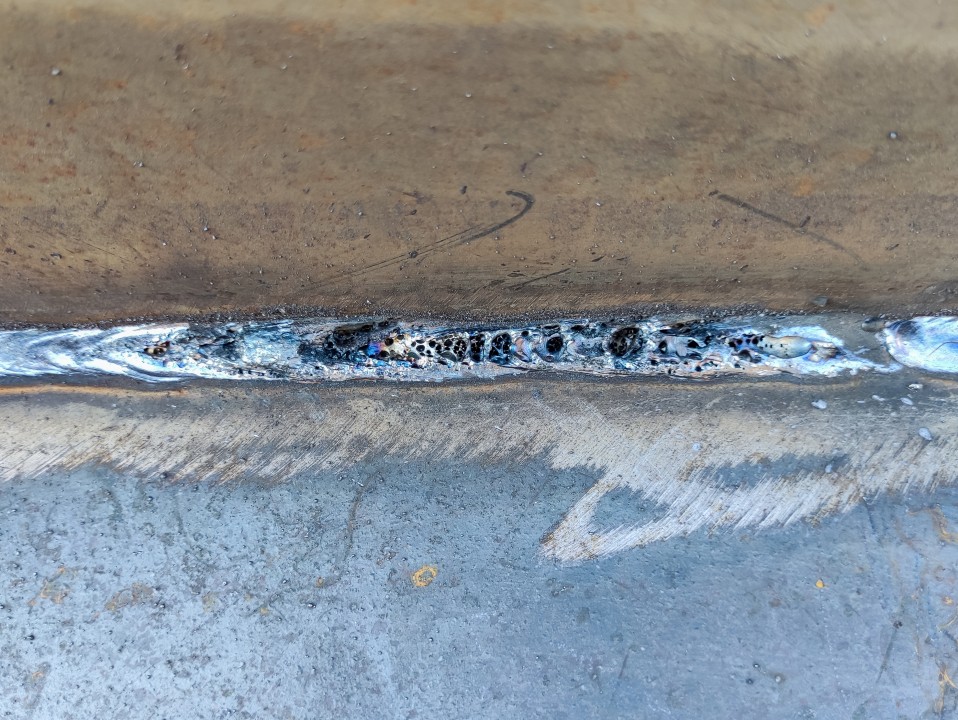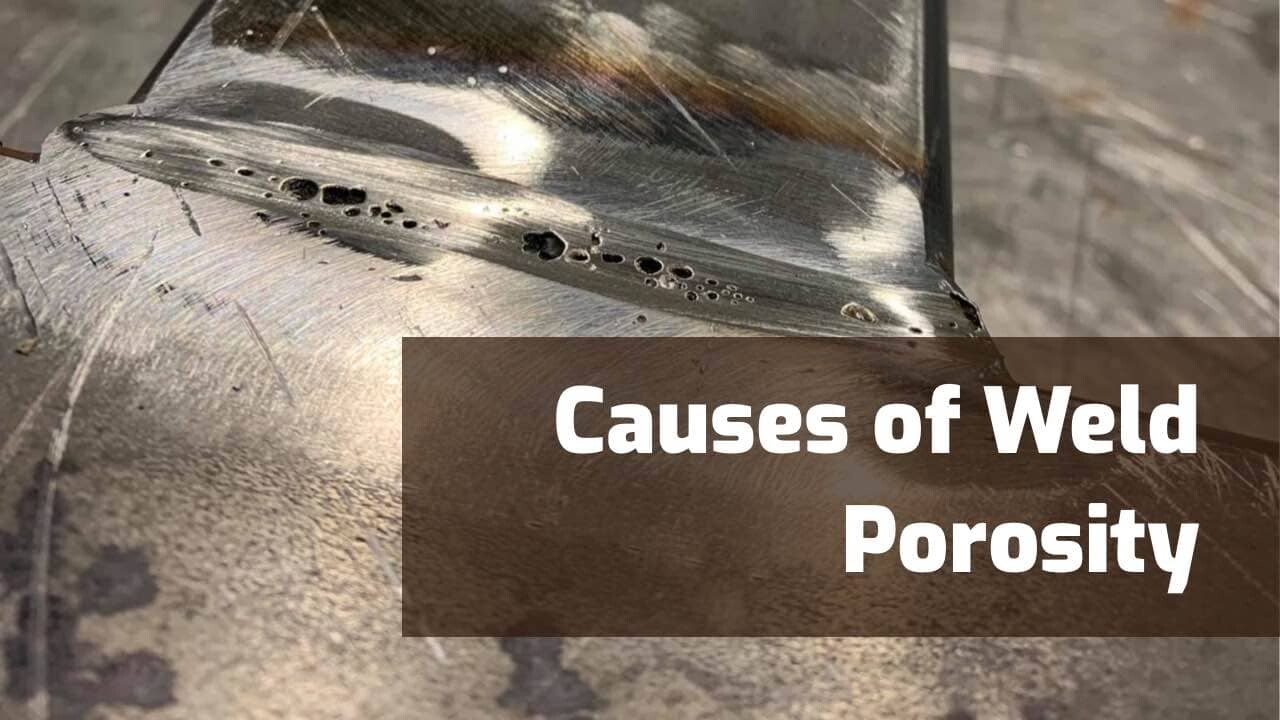Recognizing Porosity in Welding: Discovering Reasons, Effects, and Avoidance Techniques
As specialists in the welding sector are well conscious, recognizing the reasons, effects, and avoidance methods connected to porosity is vital for attaining durable and dependable welds. By diving into the root creates of porosity, examining its detrimental impacts on weld high quality, and discovering effective avoidance methods, welders can boost their knowledge and abilities to produce top quality welds consistently.
Common Root Causes Of Porosity
Porosity in welding is mostly triggered by a combination of factors such as contamination, inappropriate protecting, and poor gas protection throughout the welding process. Contamination, in the type of dust, oil, or rust on the welding surface, develops gas pockets when heated, resulting in porosity in the weld. Incorrect protecting takes place when the shielding gas, generally made use of in processes like MIG and TIG welding, is unable to totally protect the molten weld swimming pool from responding with the bordering air, resulting in gas entrapment and succeeding porosity. Furthermore, insufficient gas protection, usually as a result of inaccurate circulation prices or nozzle positioning, can leave components of the weld unguarded, enabling porosity to develop. These factors jointly contribute to the development of voids within the weld, compromising its stability and possibly triggering structural issues. Understanding and addressing these typical reasons are vital action in preventing porosity and ensuring the quality and stamina of welded joints.
Effects on Weld Top Quality
The presence of porosity in a weld can significantly compromise the general top quality and integrity of the welded joint. Porosity within a weld creates gaps or tooth cavities that weaken the structure, making it much more vulnerable to splitting, rust, and mechanical failure.
In addition, porosity can prevent the effectiveness of non-destructive testing (NDT) techniques, making it testing to find other defects or suspensions within the weld. This can bring about significant security concerns, specifically in critical applications where the architectural stability of the welded elements is vital.

Prevention Techniques Review
Offered the harmful impact of porosity on weld high quality, effective avoidance methods are crucial to maintaining the structural honesty of welded joints. In addition, choosing the suitable welding parameters, such as voltage, current, and take a trip speed, can help decrease the danger of porosity development. By integrating these prevention strategies into welding methods, the incident of porosity can be dramatically lowered, leading to more powerful and a lot more dependable bonded joints.
Importance of Appropriate Protecting
Proper protecting in welding plays a vital duty in stopping climatic contamination go to the website and making certain the stability of welded joints. Protecting gases, such as argon, helium, or a mix of both, are generally used to secure the weld pool from responding with elements airborne like oxygen and nitrogen. When these reactive elements come right into contact with the warm weld swimming pool, they can create porosity, causing weak welds with lowered mechanical homes.

Poor securing can result in various issues like porosity, spatter, and oxidation, endangering the architectural integrity of the welded joint. Therefore, adhering to correct shielding methods is vital to create top quality welds with very little problems and make certain the durability and reliability of the welded parts (What is Porosity).
Monitoring and Control Approaches
Just how can welders successfully keep track of and regulate the welding procedure to ensure ideal results and protect against issues like porosity? By continually checking these variables, welders can recognize variances from the perfect problems and make prompt adjustments to protect against porosity development.

Furthermore, applying appropriate training programs for welders is necessary for keeping an eye Our site on and regulating the welding process properly. What is Porosity. Educating welders on the importance of keeping consistent specifications, such as appropriate gas protecting and take a trip speed, can assist avoid porosity problems. Routine assessments and qualifications can also make sure that welders are competent in surveillance and regulating welding procedures
In addition, using automated welding systems can boost tracking and control capacities. These systems can precisely control welding specifications, minimizing the possibility of human error and ensuring constant weld quality. By combining innovative monitoring technologies, training programs, and automated systems, welders can effectively check and control the welding process to decrease porosity flaws and attain high-grade welds.
Conclusion
